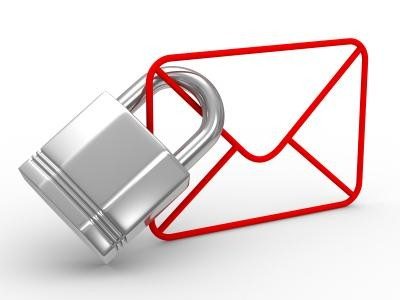“Whoever Wins the White House, This Year’s Big Loser is Email.” Thus, reads the headline in the New York Times on October 19, 2016. Indeed, in the current election cycle, month after month, the focus has been on hacked and released emails, on disappearing emails, on emails that reappear on various devices – not of the user’s choosing. It certainly seems that the people who sent those emails should have known better than to write what they actually wrote in the first place. Second, in a world of so many faster and more secure ways to communicate, it seems that email would be a last resort for communication, based on exactly what has occurred.
So, what is the definition of truly secure communication? Clearly, end to end encryption is not enough, and in fact is not desirable in an Enterprise application. The reason for this is simple. Since the enterprise needs to make a copy of record for compliance purposes, and needs to monitor communications for data leak prevention purposes, it has to be able to make an unencrypted copy and to place that copy in a secure repository of its choosing. (As a side note – for an enterprise or government organization, the email server is never considered a secure repository of record.)
Further, encryption does not protect the sender from the recipient’s intentional or unintentional content proliferation, negligent handling or other disclosure. To have true protection, one must retain sender control at all times and to be able to set policies for content on enterprise and external devises. Only these characteristics truly protect content from inadvertent disclosure.
If only Hillary and the DNC used a secure messaging application such as Vaporstream as their communications method, there would be one source of truth, one copy of record to examine by the FBI. There would also be no hacked and leaked emails disrupting the election process of our country today.
Every enterprise, small or large, must now re-examine how it communicates. When it comes to rapid response and quick decision making, email is quite the outdated form of communication. In fact, email can take up to 23 hours on average to receive a response, and even then, open rates have slipped to 20% with only 6% of emails receiving a response.
With over 98% of texts being opened, 90% of texts are read in under three minutes and 45% of texts receiving a response, it is clear that text and chat are here to stay. Take the steps now to deploy the right solutions that will prevent many embarrassing situations that can impact company brand and reputation. Take control of your content and keep it truly secure.
“Everything must meet its maker, and for email, that time is nigh…We’ve put too much in it, expected too much from it, and now finally we are seeing the spectacular signs of its impending destruction.”
The Big winner is encrypted and ephemeral messaging that disappears from devices to avoid the pitfalls of email.
The opinions expressed in this post belongs to the individual contributors and do not necessarily reflect the views of Information Security Buzz.



